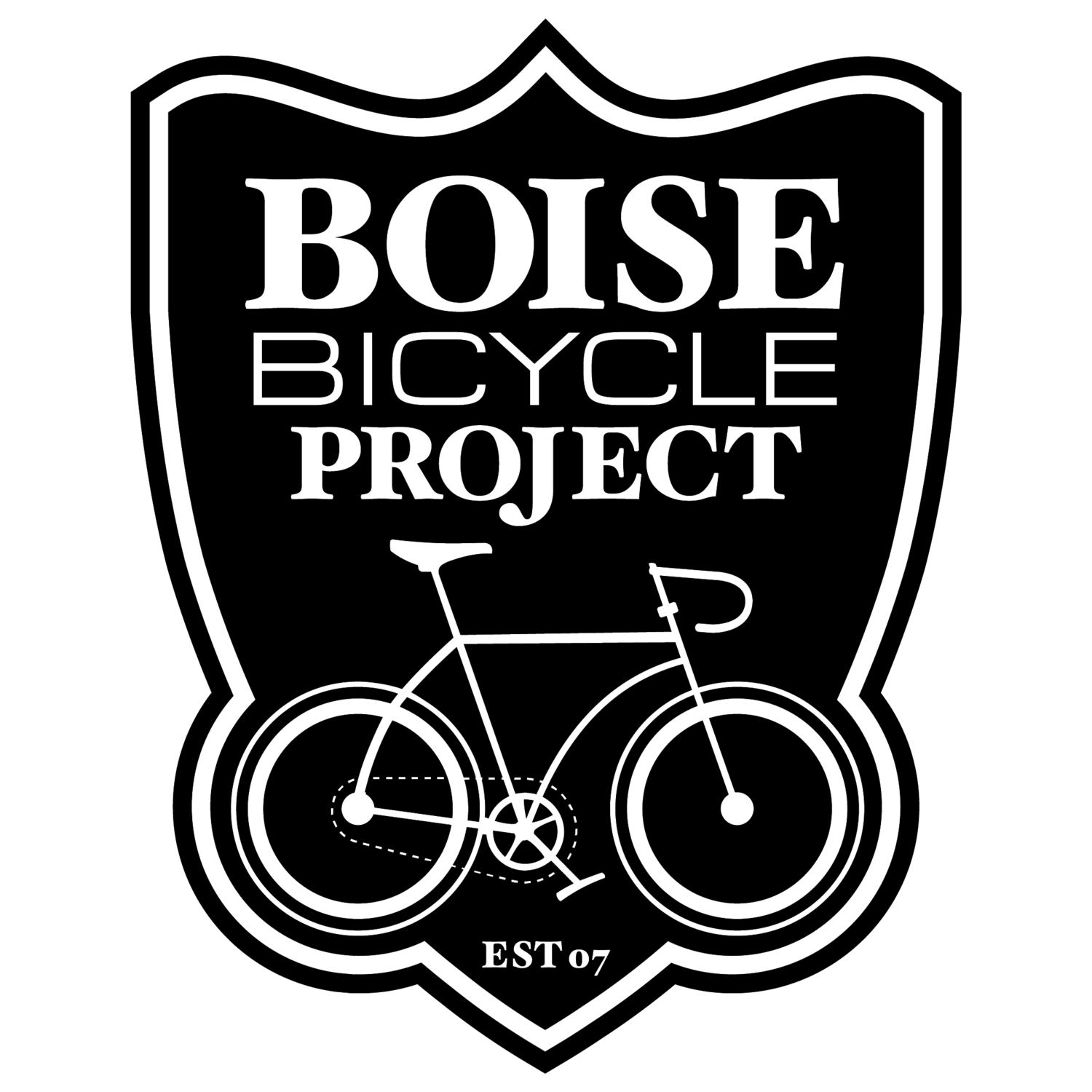Superlative Warning: We Did It! Boise Just Became the Bicycle Capital of America!
Last week we posted an article about making Treefort the “most bicycle friendly music festival in the country” and that started a conversation about the use of superlatives and grandiose statements. Should we use them? Should we not? Do they have value? And what does BBP’s superlativ-esque Bicycle Capital of America Vision actually mean?
First, what is superlative?
Superlative (su·per·la·tive): of, relating to, or constituting the degree of grammatical comparison that denotes an extreme or unsurpassed level or extent: surpassing all others.
Example: The world’s best cup of coffee
Second, why is the use of superlatives potentially a bad thing? Check out the excerpt below from The Guardian (or full article here*)
We do not wish to give the impression that we live in a constant state of excitement. But the pressure to generate clicks through headline exaggeration has nevertheless led to the proliferation of superlatives across the media. X is bad therefore it is labelled the worst. Y is good therefore it is branded the best.
So with that context in mind, let’s dive into BBP’s Vision: We believe that Boise has the potential to be the Bicycling Capital of America and envision the Boise Bicycle Project as one of the key community leaders to help it reach that potential! This statement certainly has a superlative nature, but we believe it also has tremendous value.
In the nonprofit sector we often start with a Vision and work backward. We do this when creating programs; we do this when sharing our story; and we do this when we’re trying to inspire action. To give a superlative value, we must define it in a objective-ish way (the “ish” is to allow room for both quantitative and qualitative data).
What does success look like?
How do we know when we’ve reached actualization?
Is it possible to create the world’s best cup of coffee?
In BBP’s case, what does it mean to be the actual Bicycle Capital of America?
Example: Boise would be the Bicycling Capital of America if we had
The highest commuting percentage in America
The most bicycle infrastructure per total road miles
The highest level of bicycle ownership in country
Comprehensive City ordinances that encouraged equitable ridership, infrastructure, and other aspects of “friendliness”
Highly funded and supported Safe Routes to School Programs
Lowest rates of bicycle-related crashes, injuries and fatalities
One of the largest annual homegrown bicycle events in the country
A national Bicycle Identity that attracted people who valued that identity
What would you add… see survey below
What would you add… see survey below
If we can succeed in defining it, we can start creating an action plan that starts with the end in mind and works toward the beginning. Let’s say our goal is to get Boise to all those levels by 2038 (20 years from today). What needs to happen in 10 years for us to be on track to hit those metrics? List them out all out. What needs to happen in 5 years? In 3 years? What needs to happen this year? With sticky notes, that process looks something like this image.
Boise could also reach its Bicycle Capital of America status by maintaining its current numbers and condition of bicycle friendliness while subverting the efforts of other cities. In this approach, others lose so we can win. Superlative at its worst.
When we say Boise has the potential of being the Bicycle Capital of America, we have hopes of Boise reaching its full bicycle potential. We hope to create a sustainable bicycle identity that creates opportunities for all of Boise’s citizens to connect to the community. And if we can consistently and strategically work toward that potential, we know that other communities will follow and challenge us to be even better.
Paul Wellstone, rest in peace, once said, “We all do better, when we all do better.”
BBP’s Vision may be a superlative, but it’s also dynamic, contagious, and part of a broader cooperative vision to build a brighter future for beyond Boise.
What do you think Boise as the Bicycle Capital of America looks like?
*The full Guardian article references political leaders. We share the article simply to summarize the idea behind superlatives, but not to show our support our opposition of any candidate or figure.


